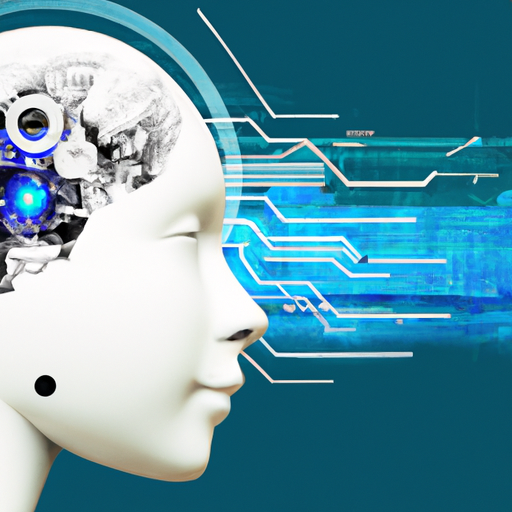Engineering Applications Of Artificial Intelligence: Transforming The Industry
Artificial intelligence (AI) is revolutionizing every industry, and its engineering applications are no exception.
From predictive maintenance to smart design, AI is reshaping the engineering landscape.
Let’s explore the exciting ways AI is driving innovation and efficiency in engineering.
Predictive Maintenance: Proactively Addressing Equipment Failures
Imagine a world where machinery breaks down less frequently, saving time and money.
Thanks to AI, this is becoming a reality in engineering.
Predictive maintenance uses machine learning algorithms to analyze data from sensors embedded in equipment.
These algorithms can predict when a machine is likely to fail, enabling engineers to perform maintenance before problems arise.
For example, in the aerospace industry, AI-powered predictive maintenance systems monitor aircraft components for signs of wear and tear.
By addressing issues proactively, airlines can reduce downtime and improve safety.
Real-Life Example: GE Aviation’s AI-Powered Maintenance
GE Aviation has implemented an AI system that monitors engine performance data from its fleet of aircraft.
This system can predict potential failures with remarkable accuracy, allowing engineers to schedule maintenance at optimal times.
As a result, GE Aviation has significantly reduced unscheduled maintenance events and improved overall fleet reliability.
Smart Design: Enhancing Creativity And Efficiency
Gone are the days when engineers had to rely solely on their instincts and experience for designing complex systems.
With AI-driven tools like generative design software, engineers can explore thousands of design options quickly and efficiently.
Generative design uses algorithms inspired by nature’s evolutionary processes to create optimized designs based on specified constraints and goals.
These tools enable engineers to discover innovative solutions that might not be immediately apparent through traditional methods.
Real-Life Example: Airbus And Generative Design
Airbus has embraced generative design for developing lightweight yet strong components for its aircraft.
Using AI-driven software from Autodesk, Airbus created a partition panel that is 45% lighter than traditional designs while maintaining structural integrity.
This innovation not only reduces fuel consumption but also lowers environmental impact – a win-win scenario!
Quality Control: Ensuring Precision And Consistency
Maintaining high-quality standards is paramount in any engineering project.
AI-powered quality control systems use computer vision technology to inspect products with incredible precision.
These systems can identify defects or inconsistencies that may be missed by human inspectors due to fatigue or oversight.
For instance, automotive manufacturers utilize AI-based visual inspection systems on assembly lines to detect imperfections in car bodies or components automatically.
This ensures consistent product quality while reducing waste caused by defective parts reaching customers’ hands.
Real-Life Example: BMW’s Automated Quality Control
BMW employs an advanced computer vision system powered by deep learning algorithms for inspecting car bodies during production stages.
This automated approach detects tiny surface defects such as scratches or dents with unparalleled accuracy compared to manual inspection methods used previously by workers on assembly lines worldwide!
Robotics And Automation: Streamlining Manufacturing Processes
Robotics has long been synonymous with automation; however recent advancements driven by artificial intelligence have taken automation capabilities even further!
AI-enabled robots are now capable of performing tasks requiring fine motor skills previously reserved only humans could accomplish efficiently! This includes tasks like welding intricate components together assembling delicate electronics devices alike!
Furthermore integrating collaborative robots (“cobots”) alongside human workers fosters increased productivity while ensuring safety through real-time monitoring adaptive responses environmental changes around them seamlessly interacting teammates without interruption workflow dynamics overall operational efficiency enhancement organization-wide scale unprecedented levels achieved today beyond imagination few years ago alone!
Real-Life Example: FANUC’s Intelligent Robotic Systems
FANUC corporation renowned leader field industrial robotics developed range intelligent robotic solutions leveraging cutting-edge technologies including machine learning deep reinforcement neural networks enable machines learn adapt continuously improving performance overtime autonomously handle complex repetitive tasks manufacturing environments diverse industries globally implementing these intelligent robotic systems companies achieve higher throughput rates reduced labor costs enhanced workplace safety ultimately driving profitability growth sustained competitive advantage market long-term horizon!

